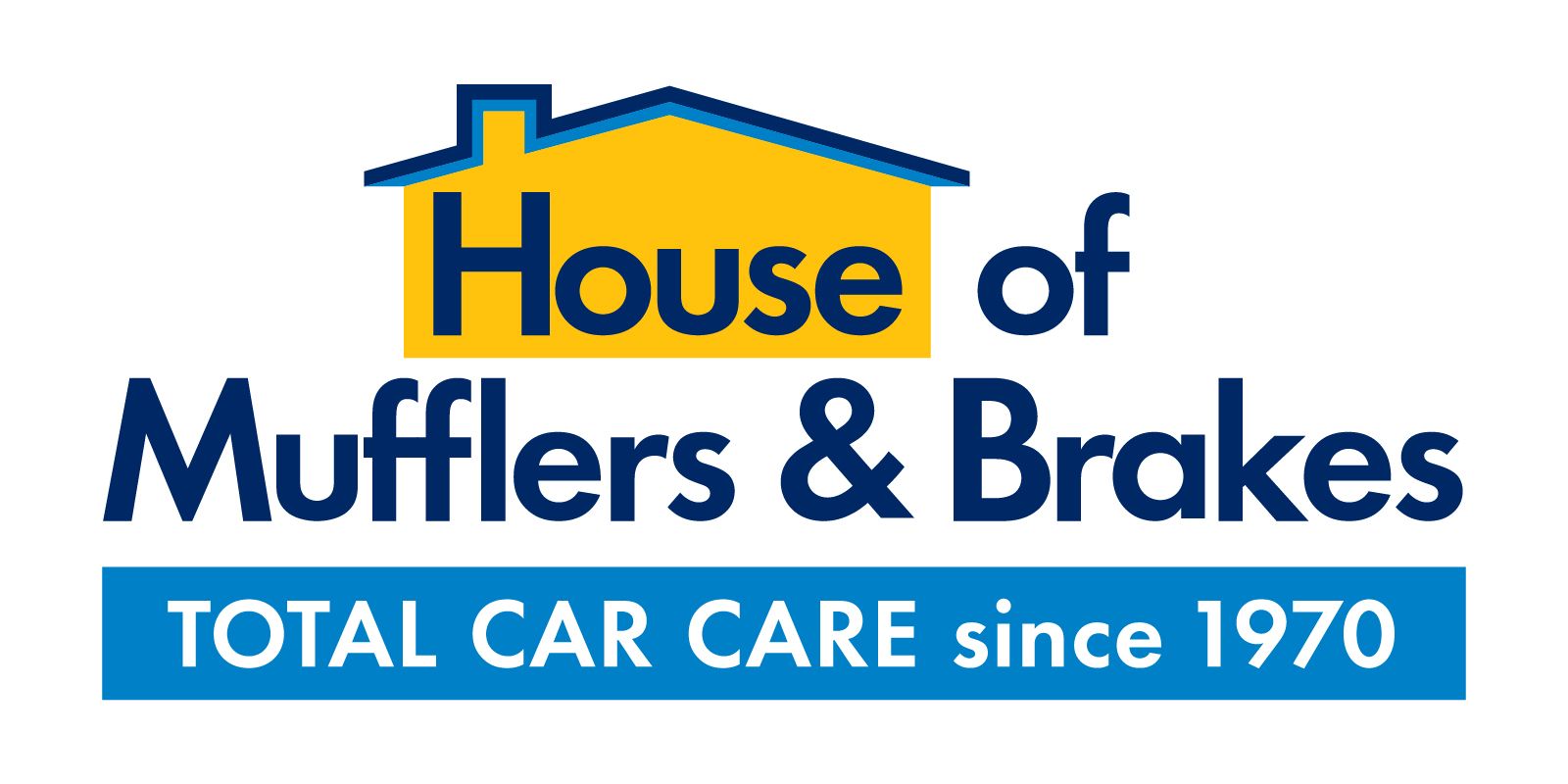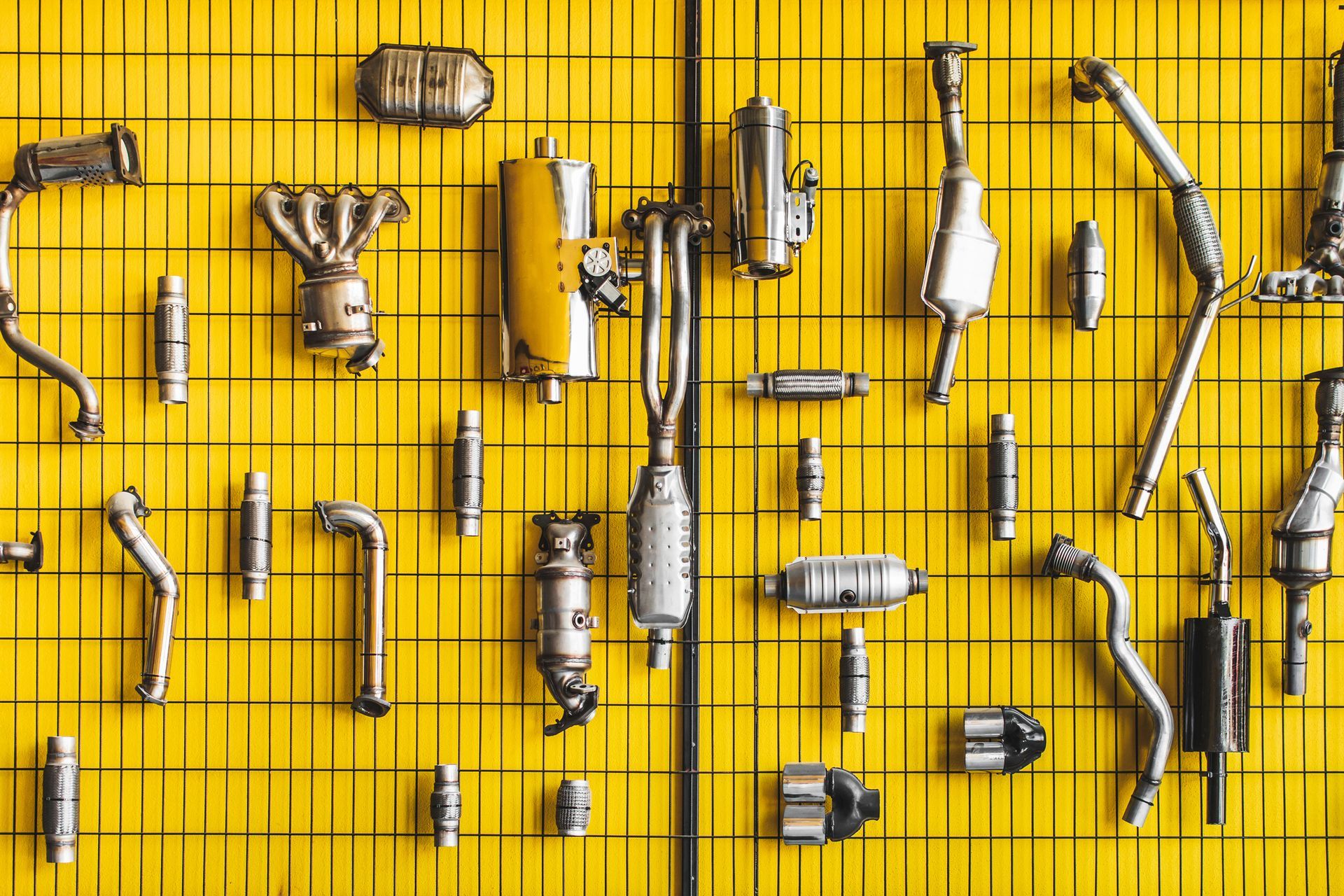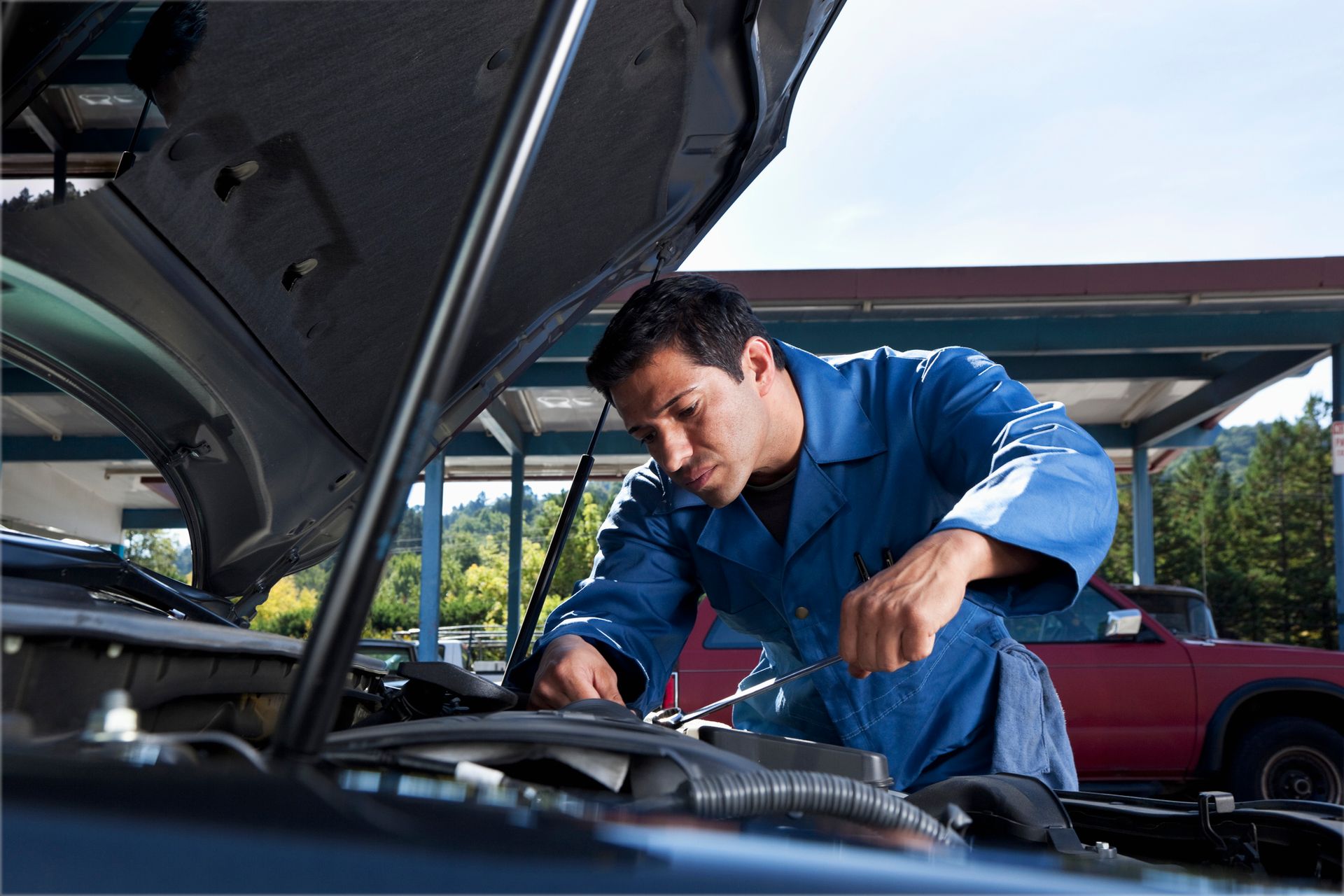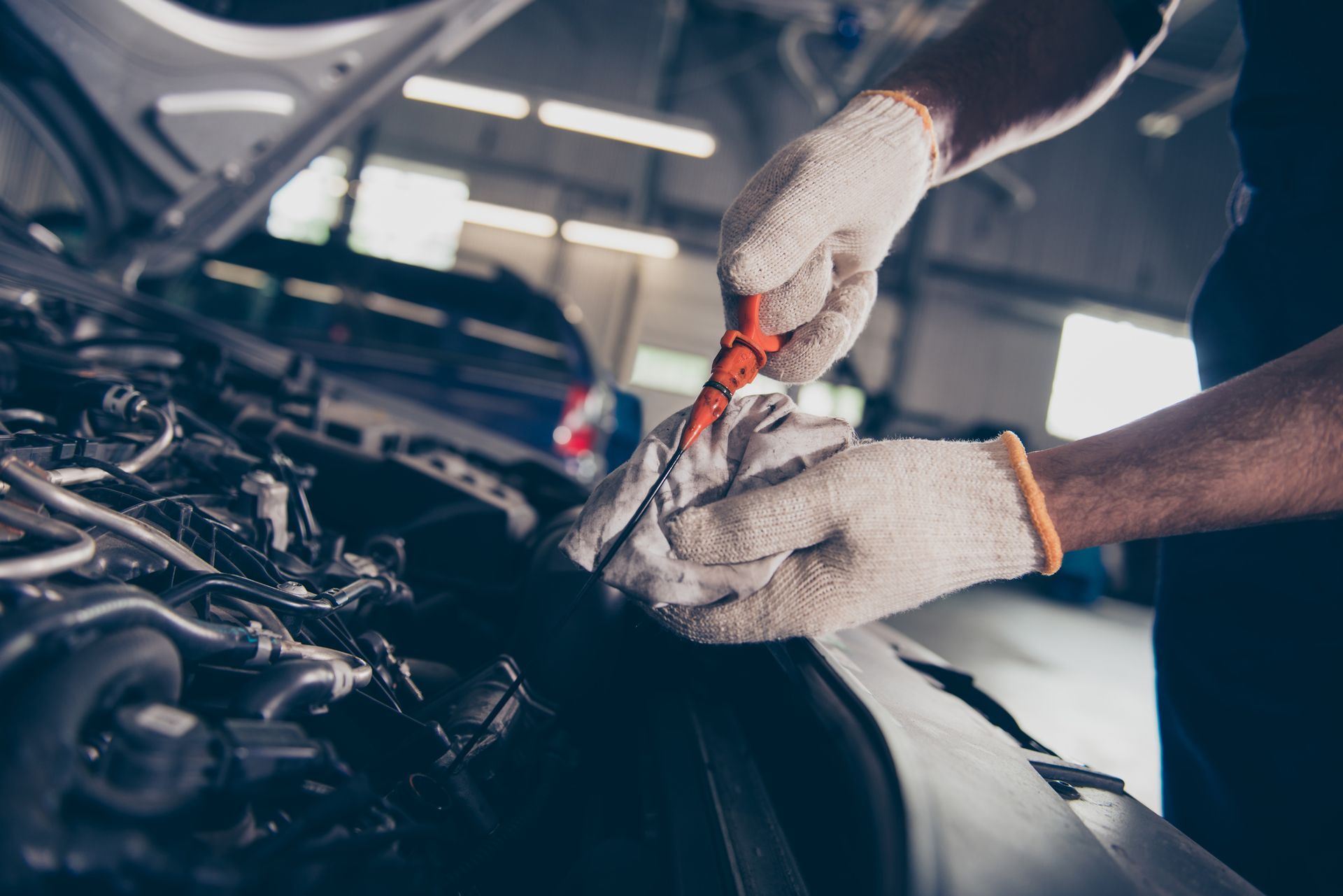DO NEW TIRES MEAN I HAVE TO ALSO PAY FOR A WHEEL ALIGNMENT AND TIRE BALANCE?
Most people who own, or even lease their vehicle have been through the process of buying new tires. But is it necessary to go the whole nine yards and have an alignment plus tire balancing performed too? In a word – YES. We’ve got answers about this very common concern faced by consumers and we explain all you need to know about getting your tires replaced – tires, alignment, balance and all.
When New Tires Are a Must
Why do people end up purchasing new tires? The answer is usually one of two things: either their tires have endured a significant amount of wear and tear, making them potentially harmful, if not dangerous – or some sort of problem has occurred, such as a puncture or other damage. The average set of tires costs anywhere from $500 to over $1,000. That’s a pretty hefty investment that should be protected.
Why Do New Tires Need To Be Balanced?
When tires are installed, the wheels need to be balanced. If this is not done, the new tires will most likely not roll as smoothly, causing a number of concerns to the driver and vehicle, most notably when the steering wheel shakes and rocks back and forth during specific speeds. This happens when the tires’ imbalance causes a wheel shimmy.
The process of balancing a tire involves four steps – all integral parts of creating the right balance for optimal driving performance.
1. The tire is mounted on an appropriate rim, inflated to the recommended air pressure and then a brand new valve stem is installed.
2. Each tire is then checked for imbalances by using a special machine on which tires are attached and carefully monitored so the technician can determine exactly where and how severe the imbalances are that may be present.
3. Depending on the imbalances found, the service technician attaches any necessary weight to the rim so that it will roll smoothly.
4. The tires are then reaffixed to the machine and double-checked to determine whether the imbalance has been corrected.
Aside from the time when a new set of tires is being installed, balancing also is part of a regular maintenance routine. As the miles roll up, the exposure to rough roadways and less than perfect driving surfaces causes the rubber on tires to wear off in certain areas. So we recommend you have your tires balanced every 6,000 miles. A good guideline is that you should have your wheels balanced every other time you have them rotated.
Wheel Alignment Is a Great Investment
One of the best ways to increase the life of your new tires is to get a proper wheel alignment done. If you don’t, you run the risk of causing premature and unnecessary wear and tear to your tires that shortens their life.
The steering and suspension parts on your vehicle have a huge impact on the life and performance of your vehicle’s tires. As your vehicle gets older and more mileage builds up on the odometer, wear and tear on those steering and suspension parts is inevitable. The end result is that your vehicle’s alignment no longer remains within factory specifications. This causes your tires and wheels to tip to the side, causing uneven wear and steering drift.
Protect yourself and your investment by getting things “straightened out.” Proper alignment and balance could add thousands of miles to your tires and hundreds to your bank account. Thanks for reading and remember for all your car care needs, “Take it to the House!”










